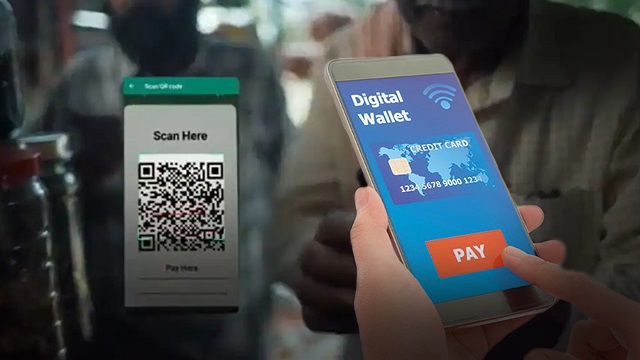Desi consumers and businesses today have an increasing range of options for their daily transactions. Digital payments have made possible the valorization of several new trends in online commerce that greatly enhance the experience for both buyers and sellers.

more ways to reach new customers and enhance the commerce experience for their buyers through safe and convenient digital commerce options, this resulting in enhanced experiences and accelerated commerce.
Remote Purchase Options Are Fundamental
With an increasing pool of consumers and suppliers to reach out to, Indian commerce has seen new horizons open. Businesses, on the other hand, have the responsibility and challenge to deliver more convenient and safer digital experiences, market analysts explain.
With over 25 billion annual real-time transactions, India is set to become a $1 trillion digital payments market by 2026. The ability to capitalize on new trends in digitization will bring increasing competitiveness and enhanced experiences for all sides.
First and foremost, many desi businesses need to complete an internal transformation. About half of all enterprises still need to digitize their supply chain infrastructure, inventory and delivery. Even payments are still a challenge for some vendors, with popular products and services like the online lottery ticket purchase in Delhi still not rendered available everywhere and to anyone by the government.
The global marketplace will present more solutions to those active in the virtual social dimension. A true addition to physical commerce, online marketplaces are expected to offer live streaming presentations and interactions, influencer shopping crossing over to delivery apps and much more. The aim is to offer purchases anywhere, anytime, through the consumers’ preferred channel.
Digitization will also render supply chains more flexible than ever, tapping into both global and local providers. Companies need to react quickly and find alternatives ahead of time, diversifying to achieve more resilience for their business model. Social networks and payment providers are expected to complement global marketplaces and platforms and marketplaces, including more local suppliers.
Fintech solutions and big-data elaboration are also predicted to grant new access to credit and capital to businesses and consumers. Credit evaluation is evolving, as people’s lives and professional paths are increasingly diversified. Business-to-business (B2B) relations will rely on collaborations with neo-banking and financial entities to give access to flexible credit to smaller players.
Social shopping is also emerging as a powerful phenomenon, making purchases more personal and immersive. Friend recommendations become commercial options, social apps smoothly transition to purchase platforms. Live online commerce is destined to become increasingly engaging, as Augmented and Virtual Reality (AR and VR) features are gradually adopted by lifestyle brands in India.
Ultimately, these digitization steps will shorten the path between businesses and consumers. Direct-to-consumer (D2C) models will help companies fuel their growth between local and global choices. Consumers still rate price and convenience above all but now more than ever before they are likely to prefer small local producers and brands. Independent often means quality for them, particularly in specialty products and personalized services.
Content and product creators can direct their stores directly to online consumer communities. The new generation of Indian businesses – from household to lifestyle segments – are certain to give more weight to their online appearance and digital commerce, experts emphasize.

